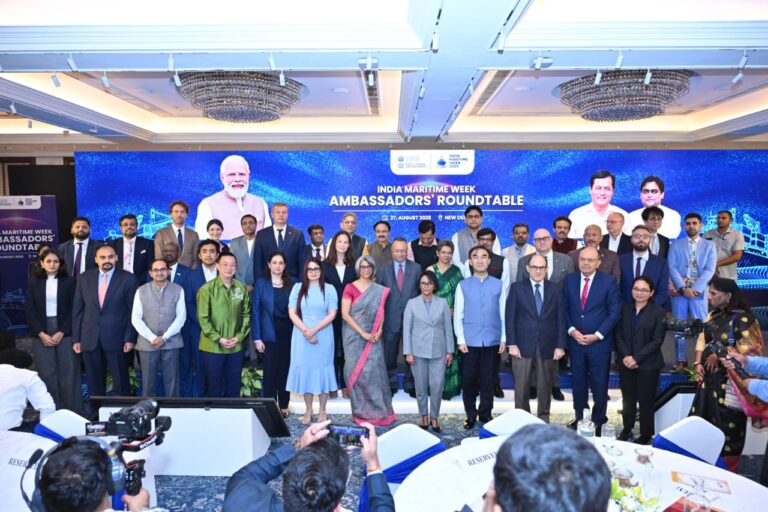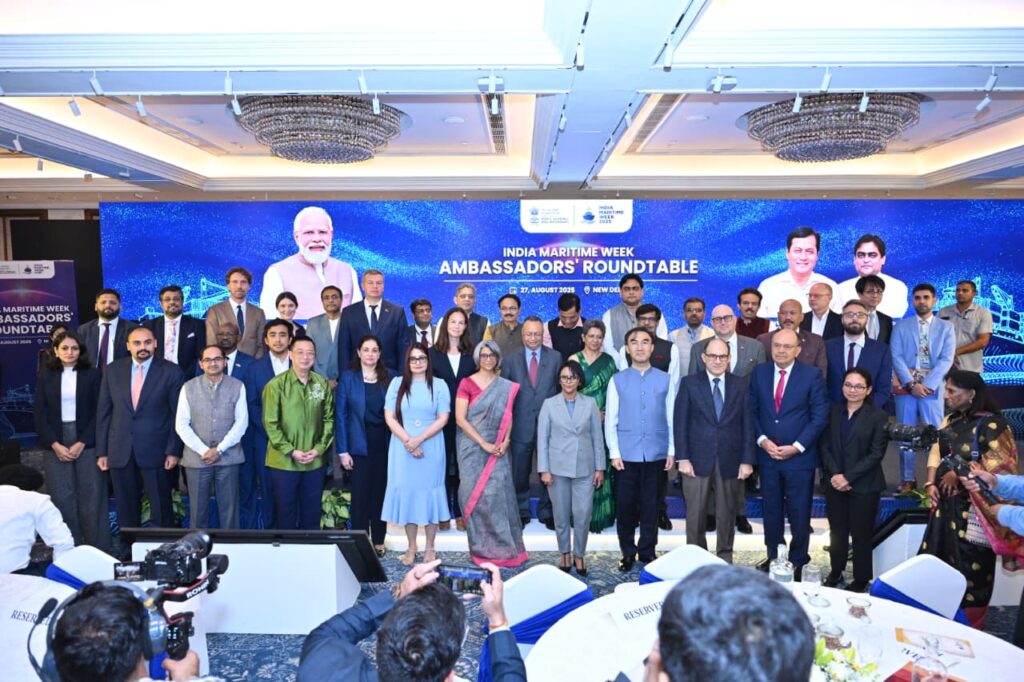Despite the exponential growth of India’s legal services industry, a majority of fresh majority of fresh law graduates find themselves locked out of the country’s lucrative corporate legal market. With nearly 100,000 law students graduating each year, only a fraction manage to secure positions in top-tier law firms, raising concerns about employability and preparedness.
Recruitment data reveals that fewer than 2% of these graduates land roles at elite firms like Shardul Amarchand Mangaldas, Cyril Amarchand Mangaldas, and Khaitan & Co., which collectively hire just 400–600 freshers annually. Most of these positions are in niche areas such as mergers and acquisitions, private equity, banking, tax, and regulatory law.
While India’s legal sector is experiencing a significant upswing driven by compliance demands, digital transformation, and an increase in deal-making activity, the hiring pattern reveals a disconnect. Industry insiders estimate that nearly 60% of recruitment in major firms occurs through lateral hires, with only 40% of positions filled via campus placements.
The imbalance isn’t merely a matter of supply. Experts argue it stems from a glaring job readiness gap. According to Akanksha Antil, a recruiter with legal placement firm Vahura, “It’s not that there aren’t enough law graduates. The challenge lies in the preparedness of students beyond the top law schools.”
Graduates from only 25–30 of India’s over 1,700 law colleges consistently secure jobs in corporate or mid-tier law firms. For most others, the career path begins in small litigation practices or through informal setups, often relying on personal networks instead of structured recruitment processes.
This pattern mirrors employment trends in other professional fields. For instance, in engineering, only 10% of India’s 1.5 million annual graduates secure relevant jobs due to a similar skills mismatch.
Recognizing the limitations of a narrow talent pool, many top law firms have begun to cast a wider net. Apart from graduates of premier National Law Universities (NLUs) such as NALSAR, GNLU, and NUJS, firms are now considering high-performing candidates from emerging institutions.
“Increasingly, students from lesser-known colleges with a strong internship record and demonstrated interest in specific practice areas are getting noticed,” said Antil. This shift, however, remains limited in scale, and the emphasis on pedigree continues to dominate legal recruitment.
Pre-placement offers extended during internships are emerging as a key entry route. Once onboard, firms prioritize not just legal knowledge but also cultural fit, communication skills, and adaptability.
For the lucky few who do break through, the rewards are significant. Starting salaries for freshers in top corporate law firms range from ₹14 to ₹22.5 lakh per annum, inclusive of bonuses and other perks. However, such opportunities remain inaccessible to the overwhelming majority of law graduates, making the profession increasingly stratified.
The legal industry is grappling with the fact that law schools are not equipping students with practical, industry-relevant skills. Parul Gupta, Chief HR Officer at Trilegal, noted, “Many freshers lack clarity in communication, client-focused thinking, and the ability to translate legal knowledge into practical solutions.”
To tackle this, newer law schools like BITS Law School are introducing practice-oriented training modules. Programs such as RAW (Readiness at Workplace) and CIA (Counsels in Action) focus on legal drafting, client interaction, and AI-based legal tools. Similarly, GNLU offers scholarships to support aspiring litigators in their early years of practice.
Despite these initiatives, challenges persist. A significant percentage of law graduates still leave school without having secured a job or meaningful internship experience. This trend is in line with a broader report by Unstop, which found 83% of engineering and 50% of MBA graduates faced similar issues.
With India’s legal expenses projected to cross ₹60,000 crore in 2024–25, and law firms aggressively expanding their teams, the demand for legal professionals is undeniable. Yet the lack of alignment between legal education and industry expectations continues to create a bottleneck.
As the country’s legal landscape evolves, the urgent need for reform in legal education becomes clear. Without addressing the readiness gap, a large portion of India’s aspiring lawyers may continue to remain on the fringes of a sector that is otherwise booming.

















